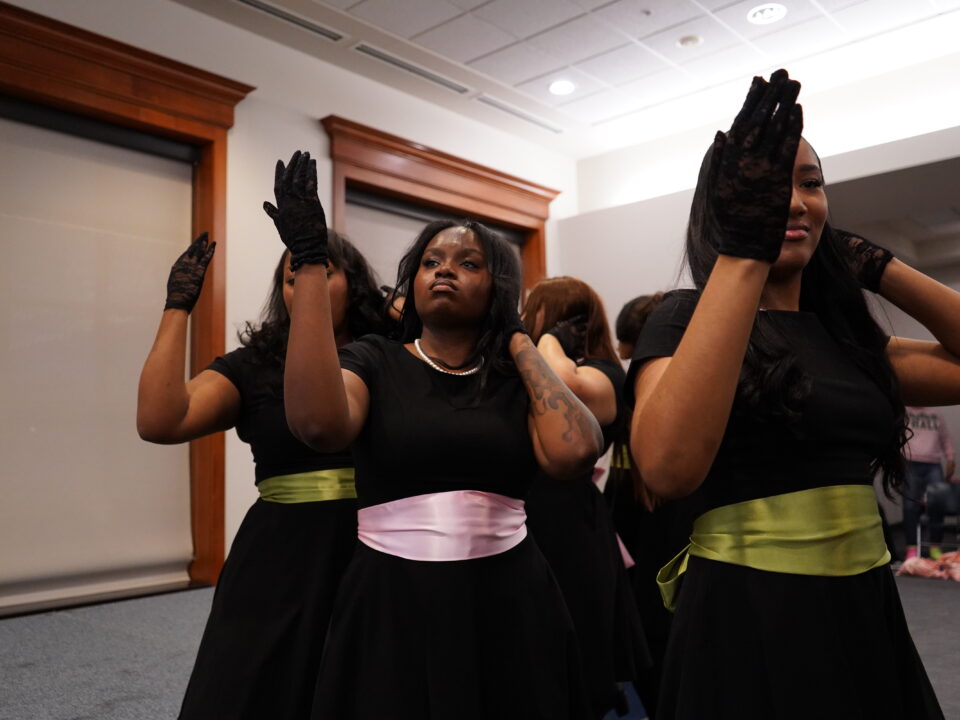Elmhurst University to see part of “Cicada-pocalyspe” this spring and summer
This spring and summer, everyone will be able to see and hear a major event happening in Illinois: the arrival of two periodical groups of cicadas coming to the state simultaneously for the first time in 221 years.
Elmhurst University will see the Brood XIII cicadas crawl from underground starting in mid-to-late May during this rare natural event. It will be the first time the campus has seen this volume of cicadas since the spring and early summer of 2007, and they will be visible throughout all of Dupage County for around a month and a half.
Senior Isabella Jozwiak expressed her concern about the cicadas disrupting EU’s outdoor graduation ceremony, which will be held on Saturday, May 18.
“I had no idea this was even happening,” she said. “I hope it wouldn’t disrupt the graduation ceremony, but if there are as many as people say, it could.”
This concern is raised as the Brood XIII cicadas are expected to hit the northern parts of Illinois in late May 2024, according to Dr. Gene Kritsky, a Dean at Mount St. Joseph University in Cincinnati in a 2023 press release.
While the northern part of Illinois will only see Brood XIII, southern parts of the state are expected to see the periodical emergence of Brood XIX. These broods have not been above ground together since 1803 and won’t again until 2245.
Some areas of the state, such as Central Illinois, will see both broods very close to each other, but historically they have never crossed paths. It’s still unsure whether that could happen this year.
This double emergence is expected to bring billions of cicadas to the state. Other states will also be affected by these periodical cicadas. Parts of Wisconsin, Indiana, and Iowa will see the same brood as northern Illinois.
Cicadas are classified into two groups. According to the University of Illinois extension about insects, annual cicadas visit the state every year, while periodical cicadas such as this year’s emerge in periods of 13 and 17 years.
There are three species that emerge on a 17-year cycle and four species that emerge on a 13-year cycle. These periodical cicadas only have a lifespan of about a few weeks. Their emergence is staggered, so we will see them for about six weeks.
The annual cicadas are also referred to as “dog day” cicadas and show up later than periodical cicadas. We will see these cicadas hit the area during the “dog days” of summer after the periodical cicadas emerge.
The cicadas will not do any harm to humans or animals; however, they can damage trees, specifically trees that are newly planted. This is due to female periodical cicadas laying eggs, causing damage to smaller trees and branches.
Scientists are urging people to enjoy this natural phenomenon because it isn’t going to happen again in our lifetime.



